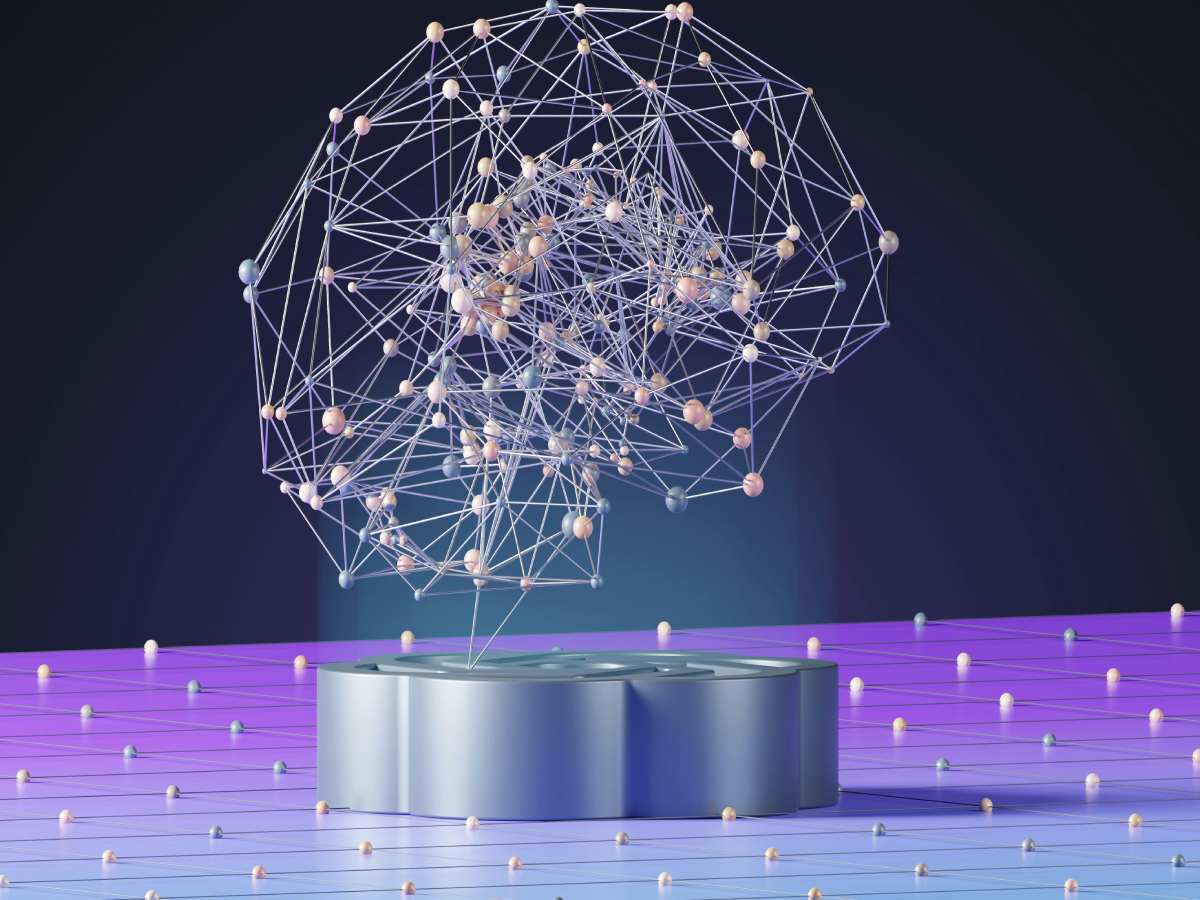Why the Best AI Experiences Start with Human Trust

The past few years have brought a lot of AI tools into our lives from chatbots that answer in seconds to algorithms that anticipate what you want before you even type it.
But no matter how advanced tech you built, people walk away the moment they feel their trust is being breached.
AI can be brilliant at solving problems, but if it feels intrusive or manipulative, it fails. In 2025, the real competition is about who earns the most trust.
We’ve seen this play out in unexpected places. A teleprompter app for presenters might seem simple on the surface but a Mobile Teleprompter App reimagined it by making sure the tech stays invisible when it needs to be and supportive when it matters most.
That balance between intelligence and nuance is where trust is built and where the future of AI-driven products will win or lose.
Table of Contents
Why Trust Is the Foundation | Not a Feature
Think about the apps you actually keep on your phone. You don’t just use them because they’re fast or easy, you use them because you trust them.
They respect your time, privacy and your decisions. AI powered products have a bigger responsibility here.
If users find misuse like over-personalization or unclear data practices trust will get broken and AI experiences have to be designed around protecting it, not damaging it.
Where AI Goes Wrong
We’ve all been there, when a product pushes too much and your gut says we’re done here.
- A shopping app that knows about your private conversations.
- A finance tool that makes decisions for you without explaining why.
- A support chatbot that answers but never really listens.
These are just failures, they’re trust failures. The user experience cracks not because AI doesn’t feel like a companion.
The Human Layer | Designing AI to Guide
Great AI works with human intuition, think about a travel app that doesn’t just drop a list but explains why it chose them, based on what you like and where you’ve been before.
A health app that offers clear, human-readable summaries so you can discuss them with your doctor, that isn’t just a tool that’s AI with empathy.
When the tech is transparent and respectful, it not just make the product better, it makes people stay and keep them engaged.
Transparency Is the New UX
UX used to be about navigation and design. Now it’s also about answering questions before users even ask them:
- Where did this recommendation come from?
- What data did you use to make this decision?
- Can I change the settings to match my personal choices?
The best AI products are clean, they give people control without making them go through hidden menus or policies.
How to Create AI People Connect With
Earning trust with AI is about consistent signals that say, “You’re in control and we’ve got your back.” That could be:
- Giving users the choice rather than pushing them.
- Explaining decisions in easy language.
- Offering help that’s actually helpful, not just disguised text as support.
When you do this, you’re not just building tech, you’re building a relationship and relationships can’t be copied overnight like features.
Why Trust Is Bigger Than Tech
In 2025, the products leading the AI race aren’t going to be the ones with the complex algorithms or features.
They will be the ones people feel safe depending on. Technology can impress, but trust keeps users coming back.
When trust is built into the foundation through transparency, fairness and respect for privacy, adoption follows naturally. Loyalty and Growth becomes sustainable.
The truth is, trust isn’t just part of the product. In AI, trust is the product.
